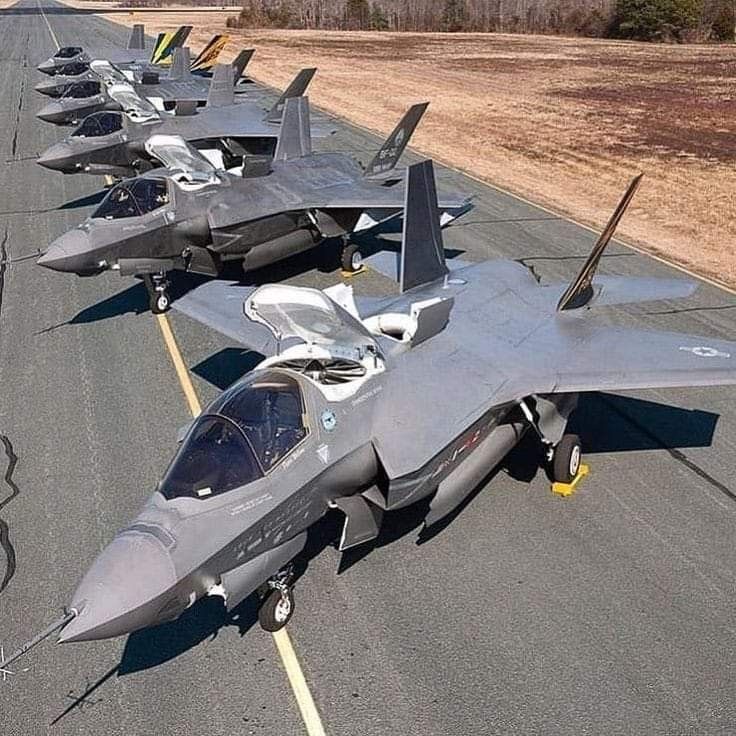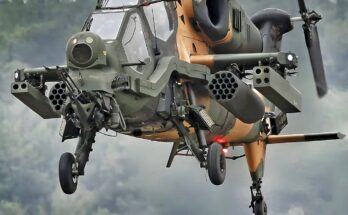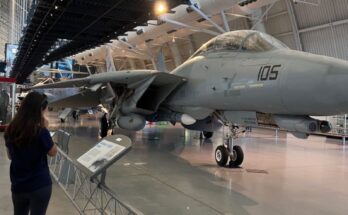
The Lockheed Martin F-35A Lightning II is one of the most advanced multirole fighter aircraft in the world. Designed to replace aging fleets of fourth-generation fighters, it combines stealth, speed, agility, and powerful sensor systems into a single package. The “A” variant of the F-35 family is specifically tailored for conventional takeoff and landing, making it the standard model for the United States Air Force and many allied nations.
At the heart of the F-35A’s design is stealth technology. Its shape, coatings, and internal weapon bays are engineered to reduce radar cross-section, giving it a significant edge in contested airspace. Unlike earlier stealth aircraft, which were optimized mainly for air-to-air or ground-attack missions, the F-35A was built as a true multirole platform. It can engage enemy aircraft, strike ground targets, conduct surveillance, and provide electronic warfare support, all within a single mission.
The aircraft is powered by the Pratt & Whitney F135 engine, which delivers more than 40,000 pounds of thrust. This allows the jet to reach speeds of Mach 1.6 while maintaining high maneuverability. Unlike its sibling, the F-35B, which has a lift fan for short takeoff and vertical landing, the F-35A carries more internal fuel, giving it greater range. This extended reach makes it well-suited for long-range missions without the need for constant refueling support.
One of the defining features of the F-35A is its advanced sensor and avionics suite. The aircraft integrates data from its radar, cameras, electronic support measures, and other systems into a single display for the pilot. This gives the pilot an unmatched level of situational awareness, often referred to as “sensor fusion.” The Distributed Aperture System, for example, allows pilots to see in all directions, even through the aircraft itself, using a helmet-mounted display. This technology allows them to track threats and targets more effectively while staying focused on the mission.
The F-35A is also designed for interoperability. With more than a dozen partner nations participating in the program, the jet is intended to serve as a common platform for allied air forces. Countries such as the United States, Australia, Japan, Italy, and the United Kingdom have committed to operating the F-35 in various forms. This shared platform helps strengthen alliances, simplify logistics, and ensure that different militaries can operate side by side with minimal complications.
Despite its capabilities, the F-35A has faced criticism. Development costs ran high, and the program has experienced delays and technical challenges. Issues such as maintenance complexity, software bugs, and high operating costs have sparked debate. Still, the jet continues to mature, with ongoing upgrades designed to expand its weapon options, improve software, and increase mission readiness.
In the end, the F-35A Lightning II represents a leap forward in fighter technology. It is not just a replacement for older aircraft but a symbol of modern air combat’s future. With its combination of stealth, power, and intelligence-gathering ability, the F-35A is expected to remain the backbone of Western airpower for decades to come.


